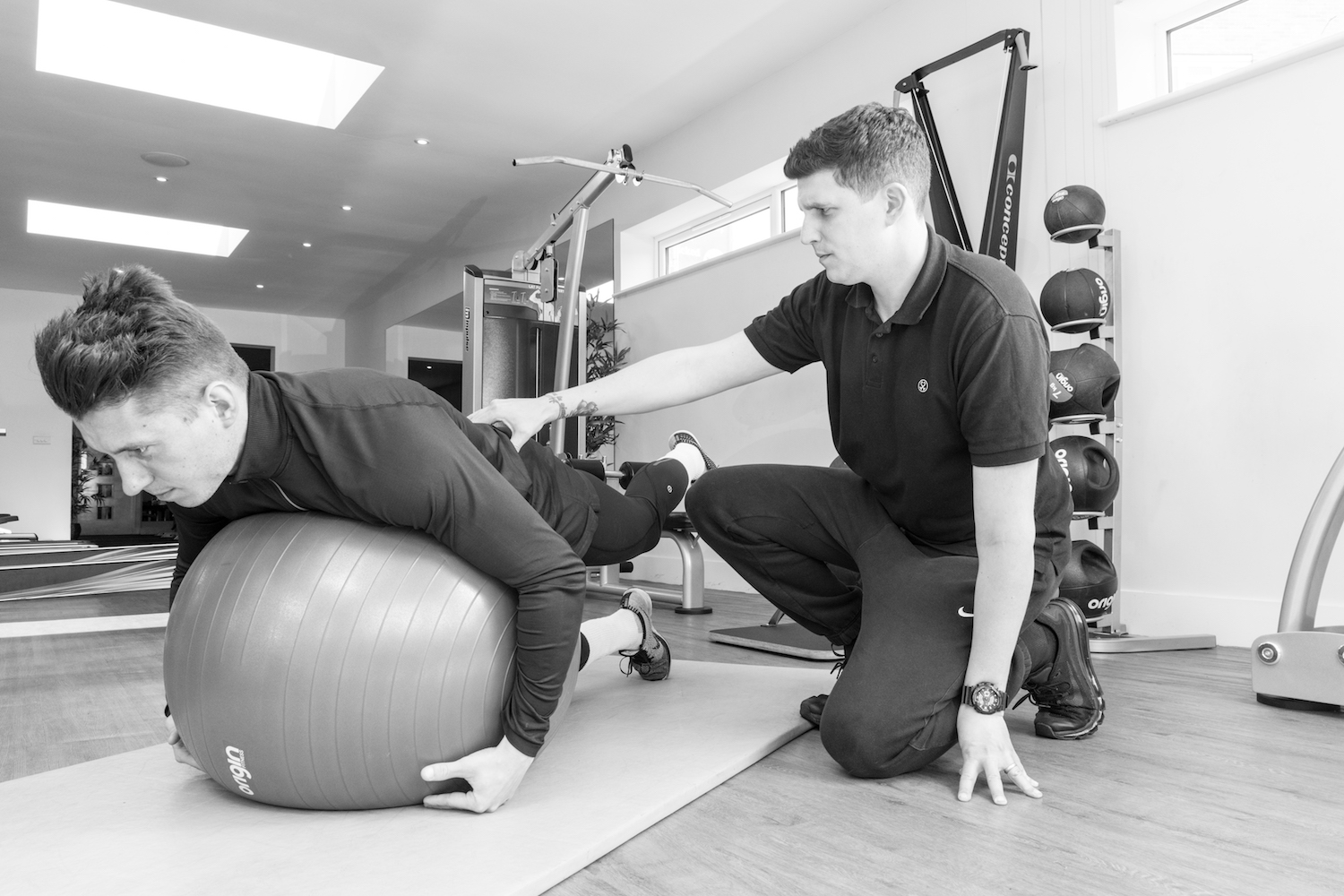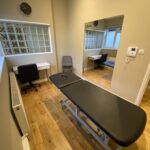
Back pain is a very common problem that can affect anyone at any age. Reports suggest as many as eight out of ten of us will suffer from it at some point during our lives and it can often be hugely debilitating. Depending on where the pain is experienced it is mainly classified as low back pain and upper or middle back pain.
Low back pain
This is the most common type of back pain experienced by our patients. The pain can be either central or to either side of the spine and also may be felt down the front, side or back of the legs. The pain can occur suddenly following lifting a heavy object, twisting awkwardly or may develop gradually over time for no apparent reason. The pain is often worse at night, following activity or after sitting for long periods of time such as a car or plane journey.
Upper or middle back pain
Upper or middle back pain can occur anywhere between the base of the neck and the lower ribs and is often associated with people who work long hours hunched at a desk, poor posture whether sitting or standing and stress. Working in a fixed flexed position for long periods can cause the muscles of the upper and middle back to become tight leading to restrictions in the spine which over time can become inflamed and irritable causing pain and discomfort.
Back pain can arise from a number of causes such as:
Muscles – Muscles of the trunk or core play a vital role in supporting the spine. Weakness of the supporting musculature can cause instability in the spine which may lead to an injury. As with any area of the body muscles of the spine can be prone to trauma or strain when over exerted. The muscles of the back are often prone to going into spasm which can be very painful.
Vertebral Discs – Only 5% of back pain is caused by an issue with the discs and the symptoms can range from mildly uncomfortable to incredibly debilitating. Most patients are familiar with the term slipped disc, in reality discs don’t actually slip but it is possible to strain the fibre’s of the disc resulting in a bulging, prolapsed or herniated disc. In some cases the protruding or bulging disc along with the local inflammation can occasionally compress and irritate adjacent nerves which may cause pain to radiate into the legs. This is sometimes called sciatica.
Spinal Ligaments – Ligaments can become weak or strained. This is often found in patients with postural fatigue where a patient has had to maintain a slumped position for an extended period of time. This is very common in patients with sedentary, desk based roles. Over time the weakened or strained ligaments result in the muscles and discs having a greater demand placed on them resulting in pain and discomfort in the middle and upper back as well as the shoulders and neck.
Spinal Joints – There are small joints located along the spine called facet joints. These joints control the direction of movement at that level of the spine. Like all joints they can become inflamed and are subject to wear and tear which is a common cause of back pain.
How can osteopathy help?
The spine is comprised of a series of segments that each have their own role to perform. Our osteopaths will take a thorough case history and ask you to carry out a series of gentle movements to assess the function of your back. During the physical examination the osteopath will use their training and experience to look for any restrictions or areas where stress or forces may be accumulating and using massage and articulation techniques will aim to restore the spine to full function. You may be given exercises to aid your rehabilitation and also give you the ability to manage the symptoms yourself. It is possible your osteopath may offer lifestyle advice such as recommending an ergonomic desk set up or suggest not carrying a laptop bag over one shoulder which may have been a contributing factor in your presentation all with the aim to help reduce your back pain.


